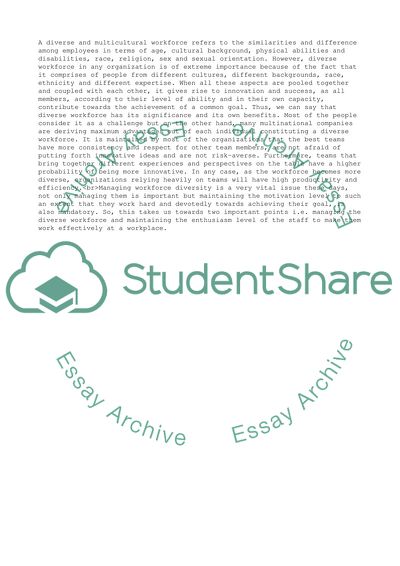Cite this document
(Motivation and Managing Diversity in Todays Era Assignment, n.d.)
Motivation and Managing Diversity in Todays Era Assignment. Retrieved from https://studentshare.org/management/1744335-motivation-and-managing-diversity
Motivation and Managing Diversity in Todays Era Assignment. Retrieved from https://studentshare.org/management/1744335-motivation-and-managing-diversity
(Motivation and Managing Diversity in Todays Era Assignment)
Motivation and Managing Diversity in Todays Era Assignment. https://studentshare.org/management/1744335-motivation-and-managing-diversity.
Motivation and Managing Diversity in Todays Era Assignment. https://studentshare.org/management/1744335-motivation-and-managing-diversity.
“Motivation and Managing Diversity in Todays Era Assignment”, n.d. https://studentshare.org/management/1744335-motivation-and-managing-diversity.


